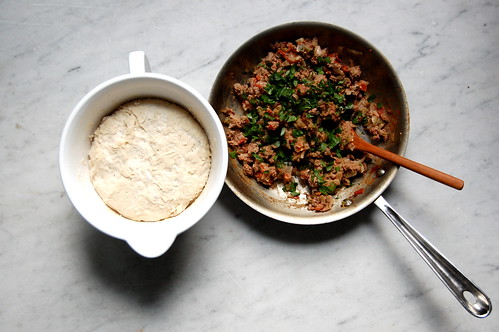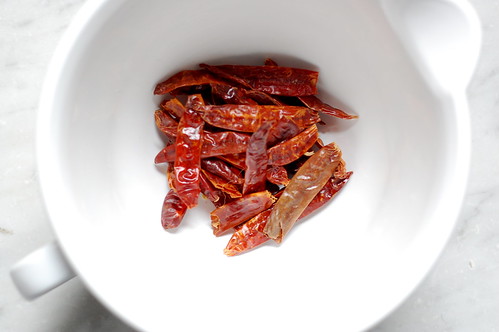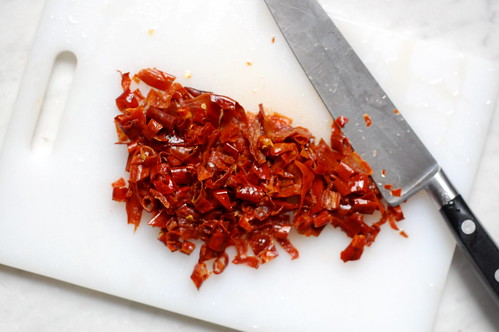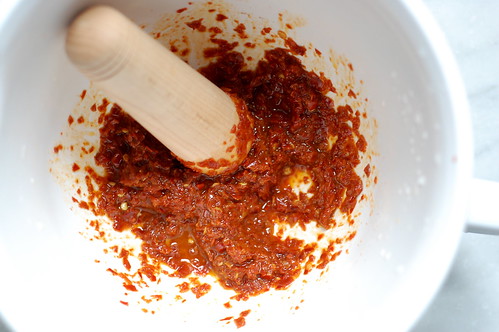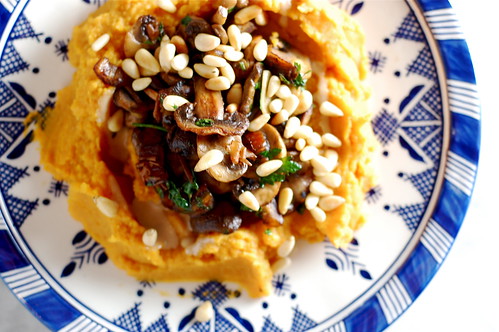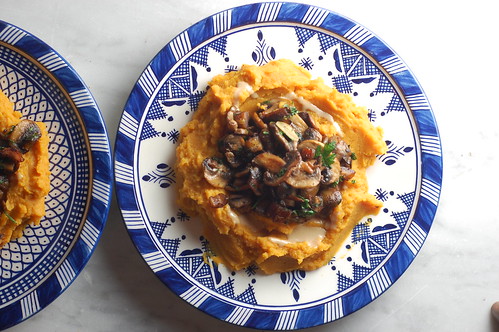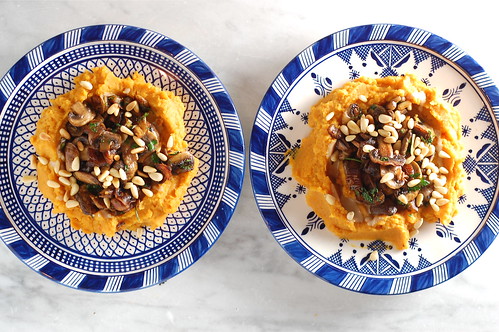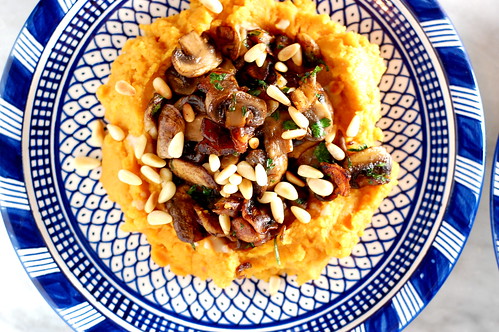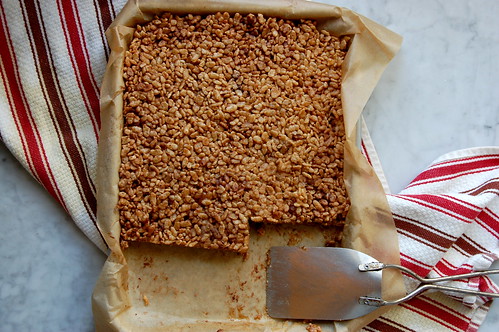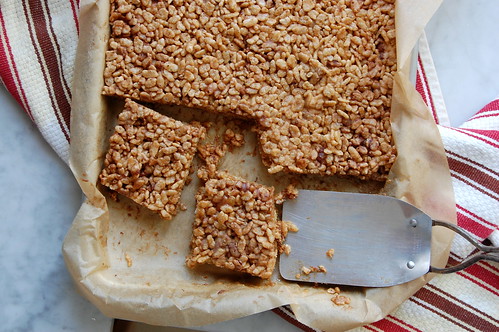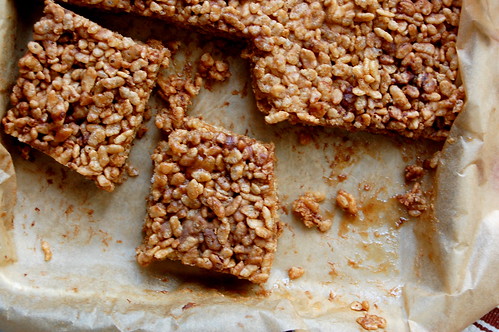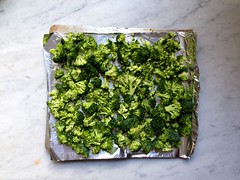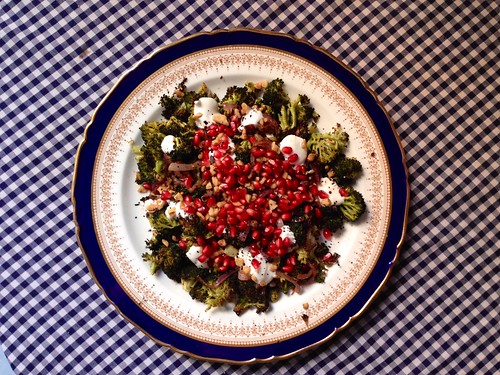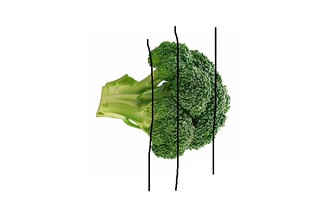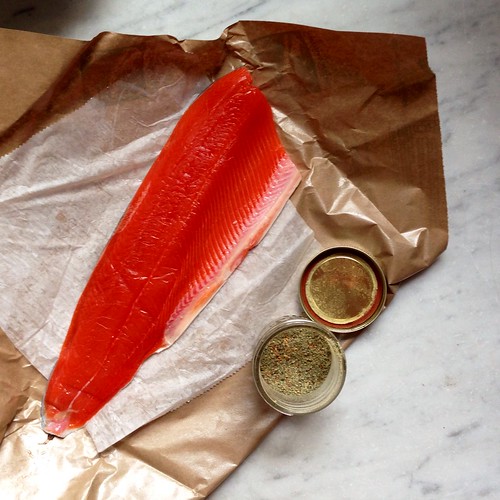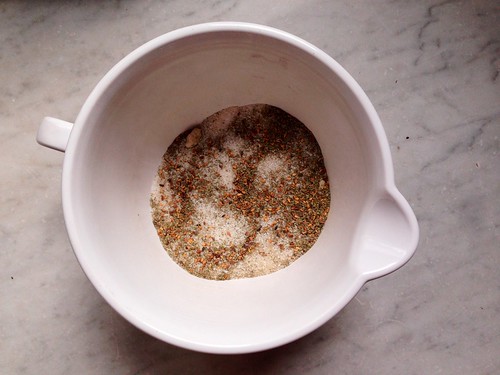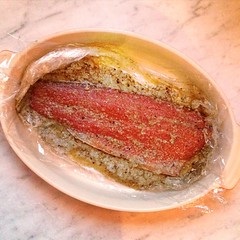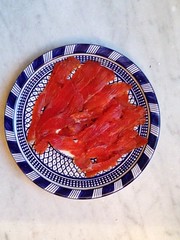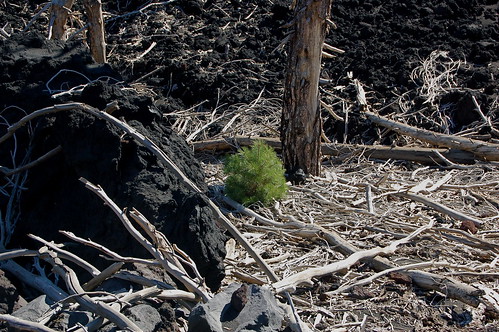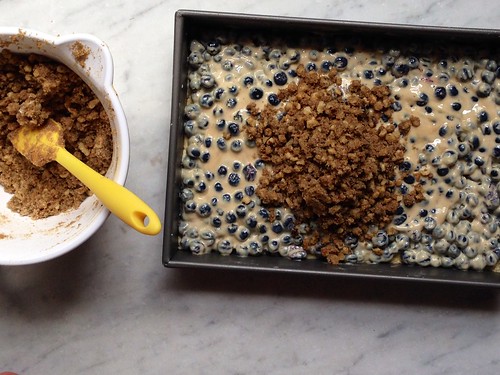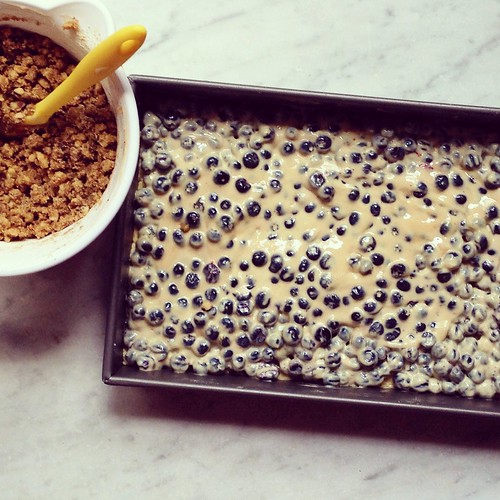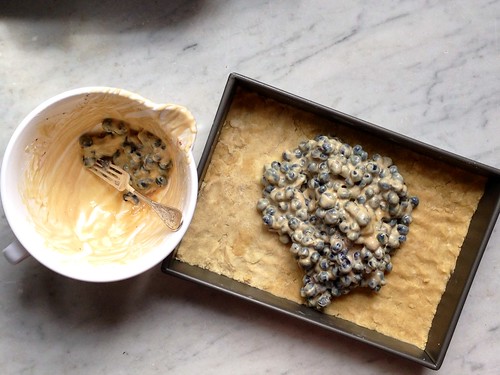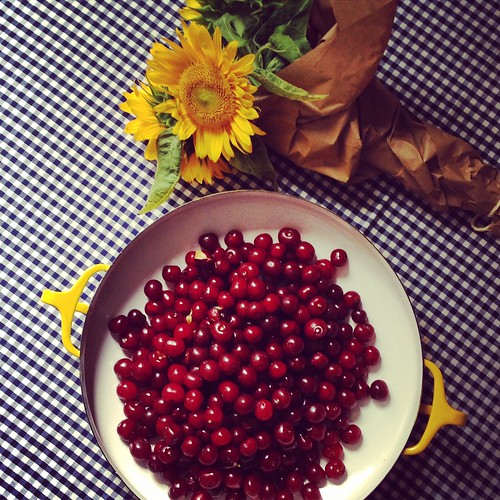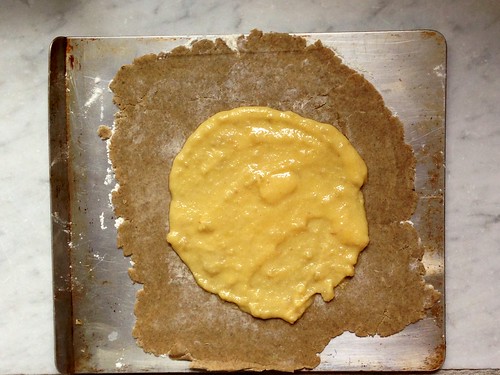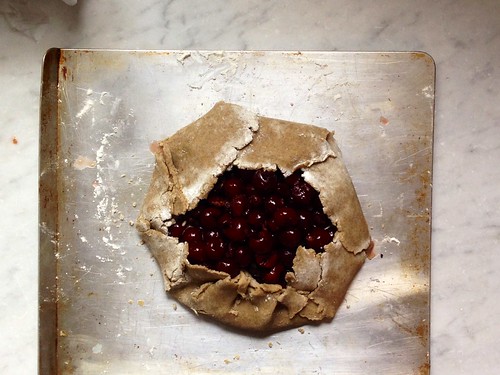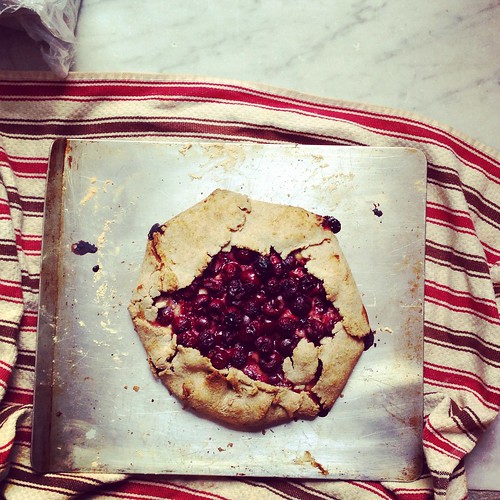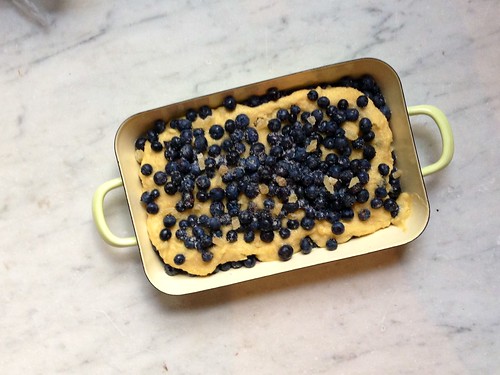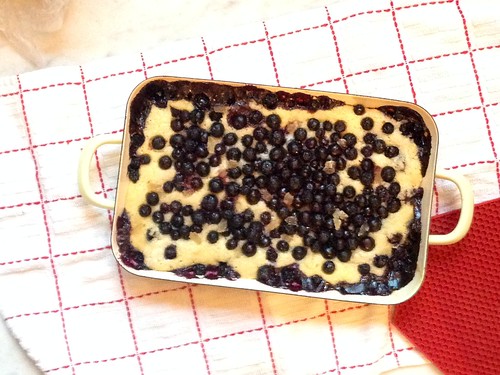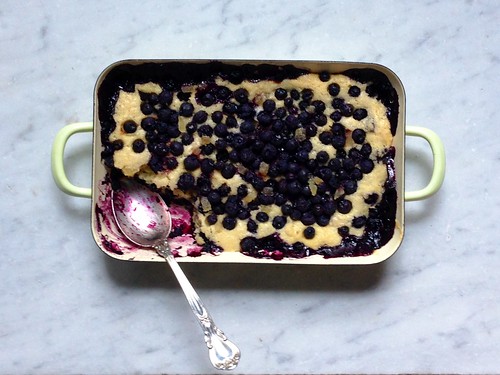I don't usually do a gift round-up on the blog, but as we are headed to Beirut for the next few weeks, I don't think we'll be doing much cooking over the holidays - just plenty of eating! Living overseas we have to order gifts far in advance, but if you are looking for some last minute ideas, here are a few!
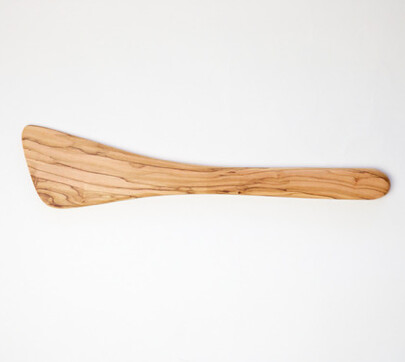
Hand-carved olive wood utensils. I love my olive wood kitchen spoons, they are beautiful and useful. These are made by From the Earth, a fair trade organization based in Amman, Jordan. They have several different spoons, spatulas, wood bowls, and cutting boards. Ships from the U.S. $12-$18


Thelonius Monk and Booker Ervin recordings. These two recordings reissued last year have become my standard dinner party background music. They have just the right amount of pep without being too loud or distracting. Although recommending jazz albums does make me feel like this clip.

Moroccan rugs and crafts from The Anou. Moroccan rugs are all the rage these days, selling for thousands of dollars in the U.S. Very little of this money goes to the Moroccan women who weave these rugs, who often get only $100-$300 per rug. A project called The Anou, started by Peace Corps workers, aims to fix this problem by letting you buy directly from the weavers and craftsmen themselves. The prices are ridiculously low ($200 for a handmade rug) and include shipping. I also like that the website tells you about the techniques used to make the crafts, and has small profiles on the craftspeople. On my personal wishlist are this cool green rug, this plush carpet, this handira blanket, and these earrings. The Hanbal rug shown above is $172.
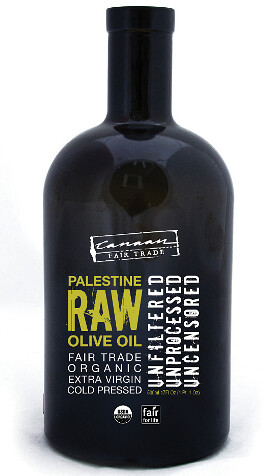
Canaan Fair Trade Olive Oils. I think olive oil is a great gift because it's something that people use frequently, but it's also a chance to give someone something nicer than what they would have bought for themselves. Canaan, a Palestinian fair trade cooperative, sells olive oils, za'atar and a kind of couscous called maftoul, which would also make great gifts. You can choose olive oil from two types of trees, Rumi or Nabali, and they also sell raw unfiltered olive oil (my personal favorite). Currently they only come in cases of 6, but you can give a few as gifts and keep a few for yourself. Ships from the U.S. $94 for 6 bottles
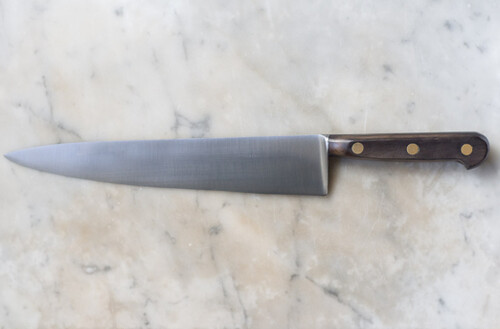
Quitoquito Antique K Sabatier Carbon Steel Chef's Knife. My mother insisted on using only Sabatier carbon steel knives. We have a range of knives at home, but my Sabatier's are the ones I always reach for first. If you've never used carbon steel before, be aware that they will change color naturally. $165
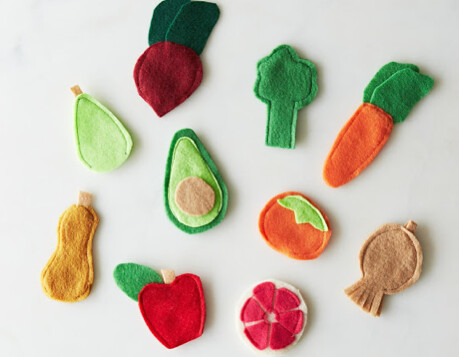
Fruit and Veggie Finger Puppets. I'd be happy with pretty much any gifts from Food52's store Provisions, but these are adorable for your littlest family members. $18
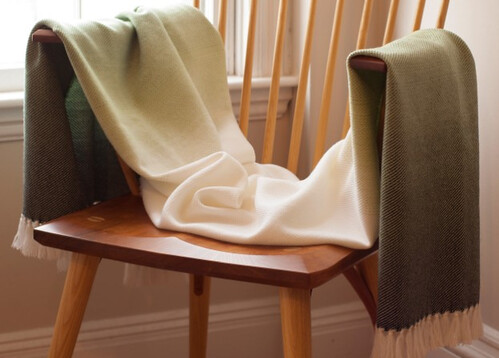
Brahms Mount blankets and throws. I am a total sucker for a good blanket or throw (or tablecloth, napkin, bedspread, scarf). Textiles, man. Brahms Mount blankets are all made in Maine and gorgeous quality and texture. The wool ombre blanket (above) is perfect for colder climes, whereas their linen leno stripe is light enough for somewhere like Egypt. $200-$300

Charitable donations, for that person who has everything on your list. I have both given and received donations from Heifer International as a gift, and enjoyed the experience every time. They're a great organization and do a particularly good job of of make the gift giving experience fun. However, I also want to recommend a donation to an organization that is very near and dear to me personally, which is a donation to the World Food Programme Syria. WFP is a United Nations organization, like UNICEF, so you can feel assured that the donation is safe and secure and going to the right place. To learn more about their work in Syria, please read this Dexter Filkins piece and watch this 60 Minutes segment.
And, as always, homemade cookies, jams, liquers, and preserves make great gifts!
What are you giving for Christmas this year?!

Hand-carved olive wood utensils. I love my olive wood kitchen spoons, they are beautiful and useful. These are made by From the Earth, a fair trade organization based in Amman, Jordan. They have several different spoons, spatulas, wood bowls, and cutting boards. Ships from the U.S. $12-$18


Thelonius Monk and Booker Ervin recordings. These two recordings reissued last year have become my standard dinner party background music. They have just the right amount of pep without being too loud or distracting. Although recommending jazz albums does make me feel like this clip.

Moroccan rugs and crafts from The Anou. Moroccan rugs are all the rage these days, selling for thousands of dollars in the U.S. Very little of this money goes to the Moroccan women who weave these rugs, who often get only $100-$300 per rug. A project called The Anou, started by Peace Corps workers, aims to fix this problem by letting you buy directly from the weavers and craftsmen themselves. The prices are ridiculously low ($200 for a handmade rug) and include shipping. I also like that the website tells you about the techniques used to make the crafts, and has small profiles on the craftspeople. On my personal wishlist are this cool green rug, this plush carpet, this handira blanket, and these earrings. The Hanbal rug shown above is $172.

Canaan Fair Trade Olive Oils. I think olive oil is a great gift because it's something that people use frequently, but it's also a chance to give someone something nicer than what they would have bought for themselves. Canaan, a Palestinian fair trade cooperative, sells olive oils, za'atar and a kind of couscous called maftoul, which would also make great gifts. You can choose olive oil from two types of trees, Rumi or Nabali, and they also sell raw unfiltered olive oil (my personal favorite). Currently they only come in cases of 6, but you can give a few as gifts and keep a few for yourself. Ships from the U.S. $94 for 6 bottles

Quitoquito Antique K Sabatier Carbon Steel Chef's Knife. My mother insisted on using only Sabatier carbon steel knives. We have a range of knives at home, but my Sabatier's are the ones I always reach for first. If you've never used carbon steel before, be aware that they will change color naturally. $165

Fruit and Veggie Finger Puppets. I'd be happy with pretty much any gifts from Food52's store Provisions, but these are adorable for your littlest family members. $18

Brahms Mount blankets and throws. I am a total sucker for a good blanket or throw (or tablecloth, napkin, bedspread, scarf). Textiles, man. Brahms Mount blankets are all made in Maine and gorgeous quality and texture. The wool ombre blanket (above) is perfect for colder climes, whereas their linen leno stripe is light enough for somewhere like Egypt. $200-$300

Charitable donations, for that person who has everything on your list. I have both given and received donations from Heifer International as a gift, and enjoyed the experience every time. They're a great organization and do a particularly good job of of make the gift giving experience fun. However, I also want to recommend a donation to an organization that is very near and dear to me personally, which is a donation to the World Food Programme Syria. WFP is a United Nations organization, like UNICEF, so you can feel assured that the donation is safe and secure and going to the right place. To learn more about their work in Syria, please read this Dexter Filkins piece and watch this 60 Minutes segment.
And, as always, homemade cookies, jams, liquers, and preserves make great gifts!
What are you giving for Christmas this year?!


